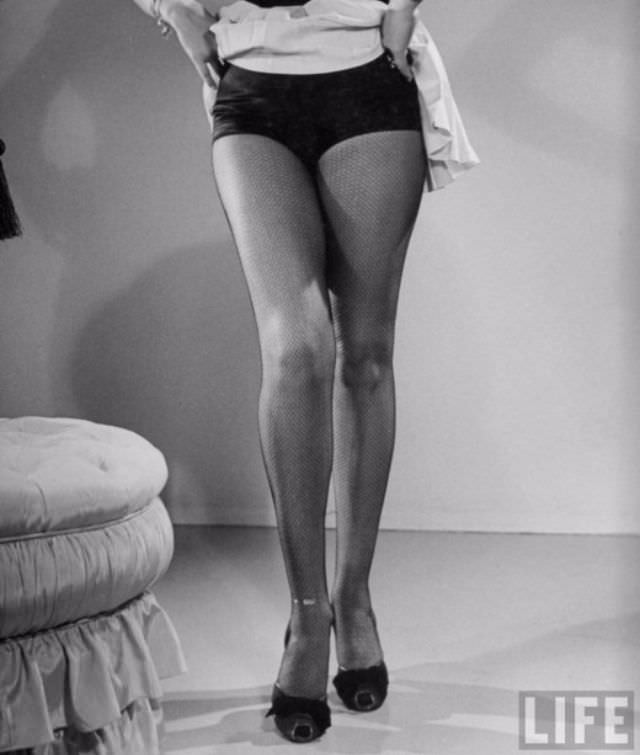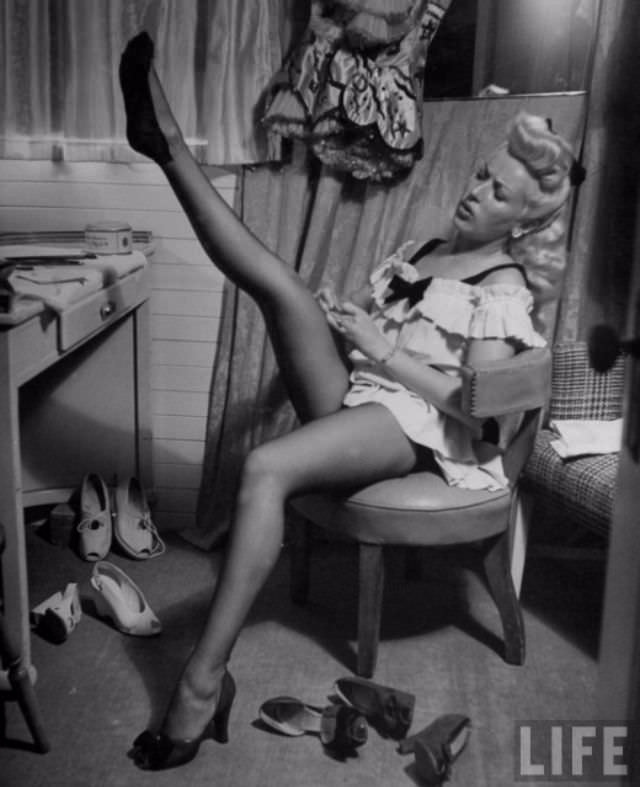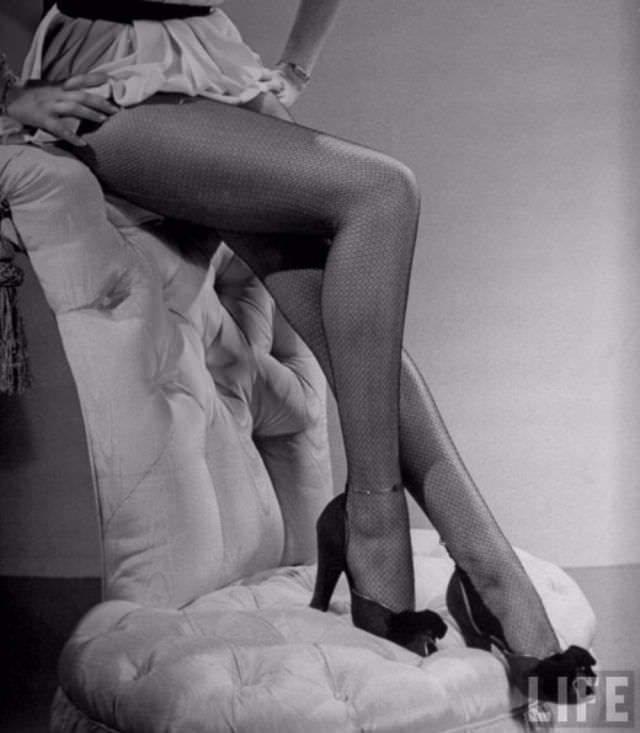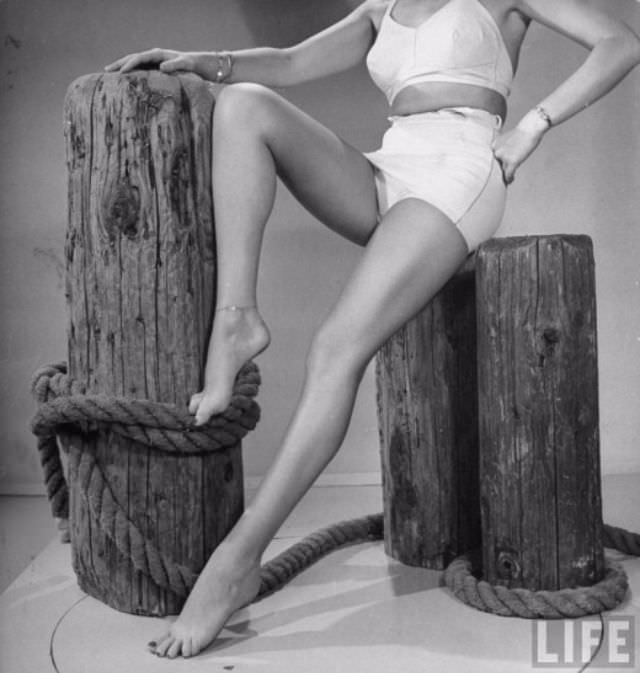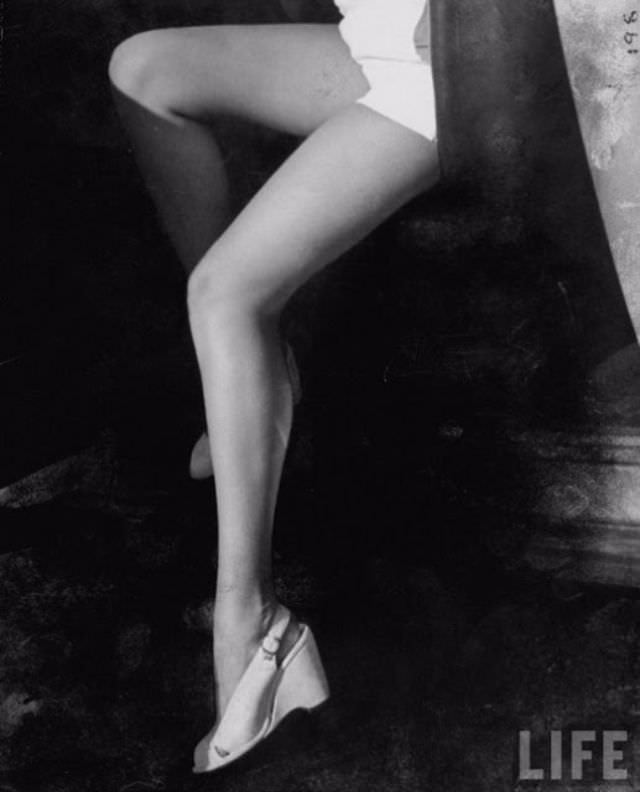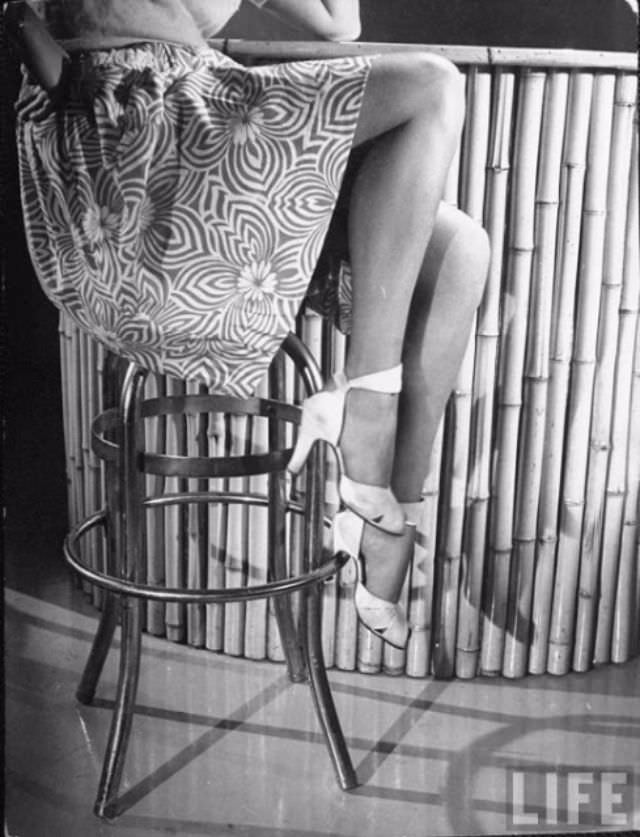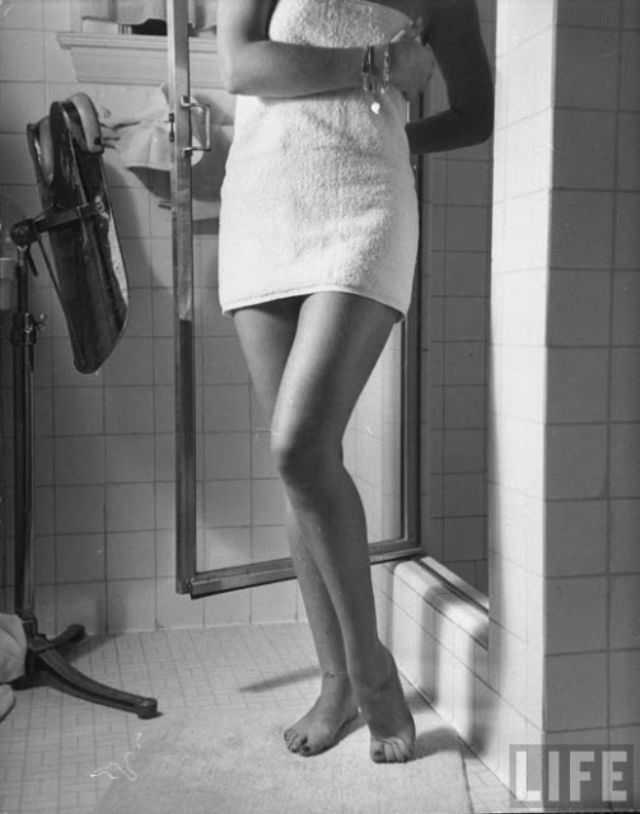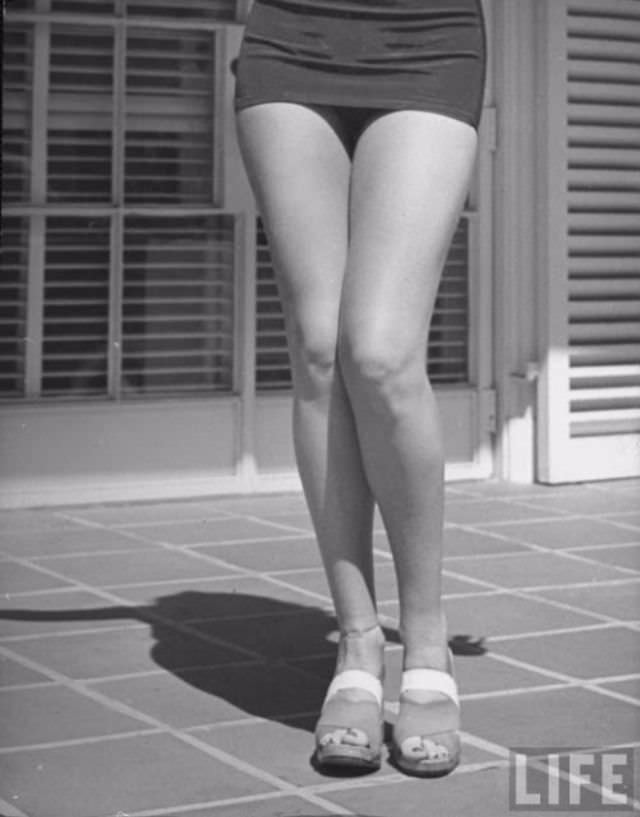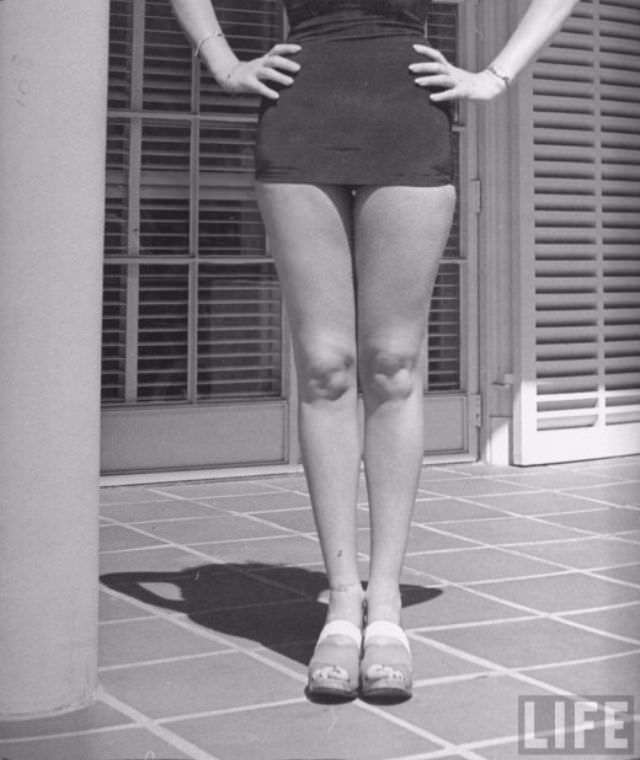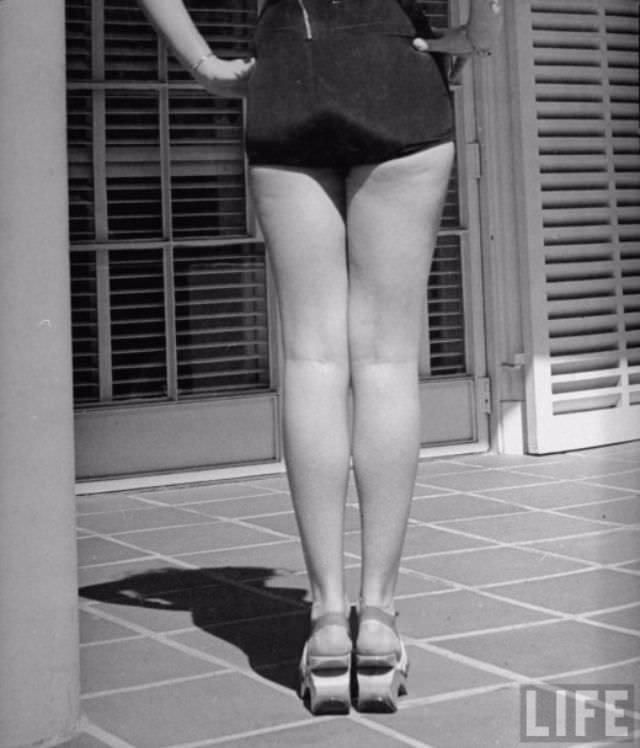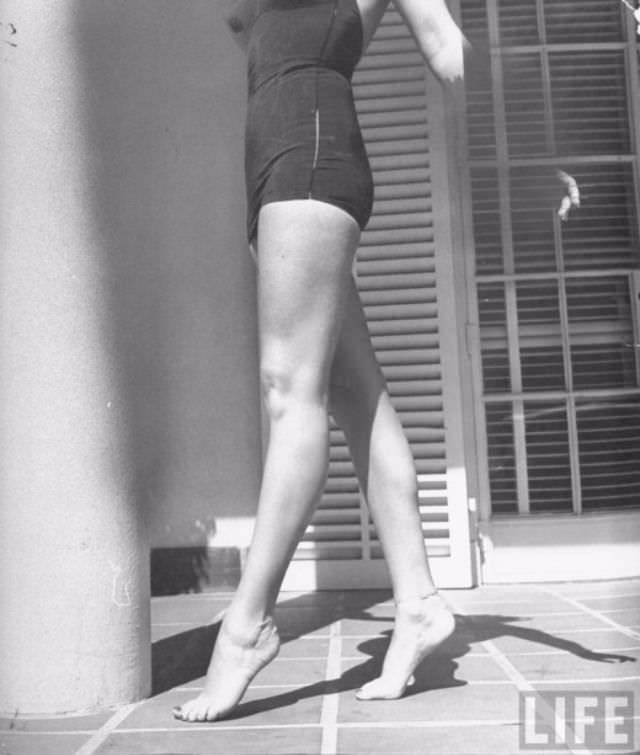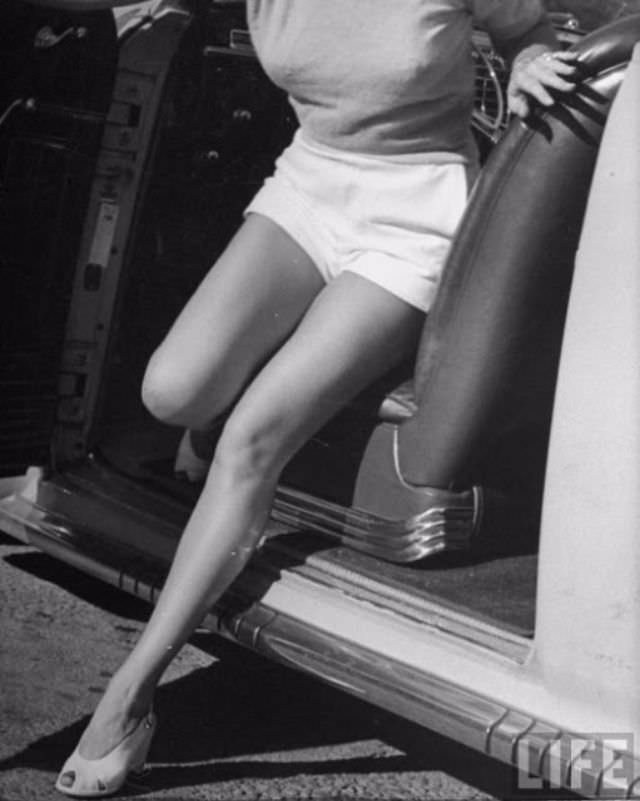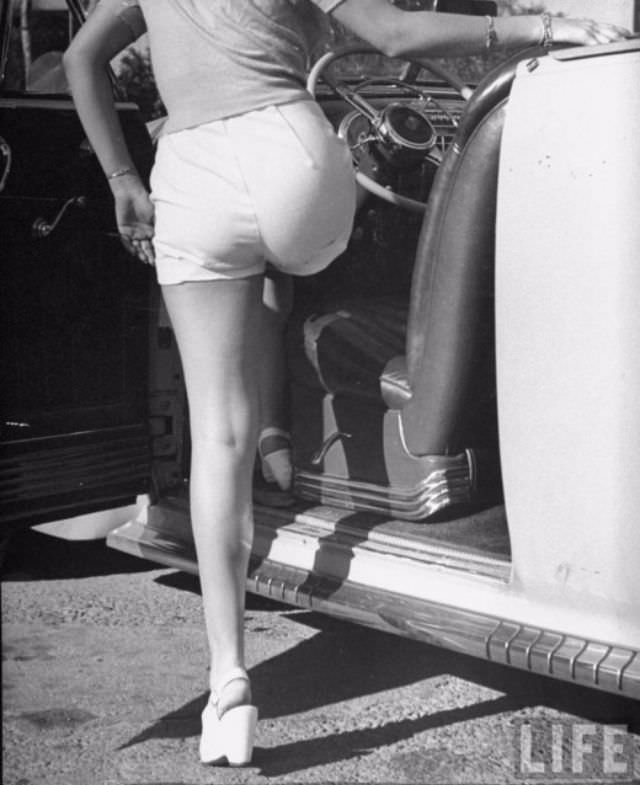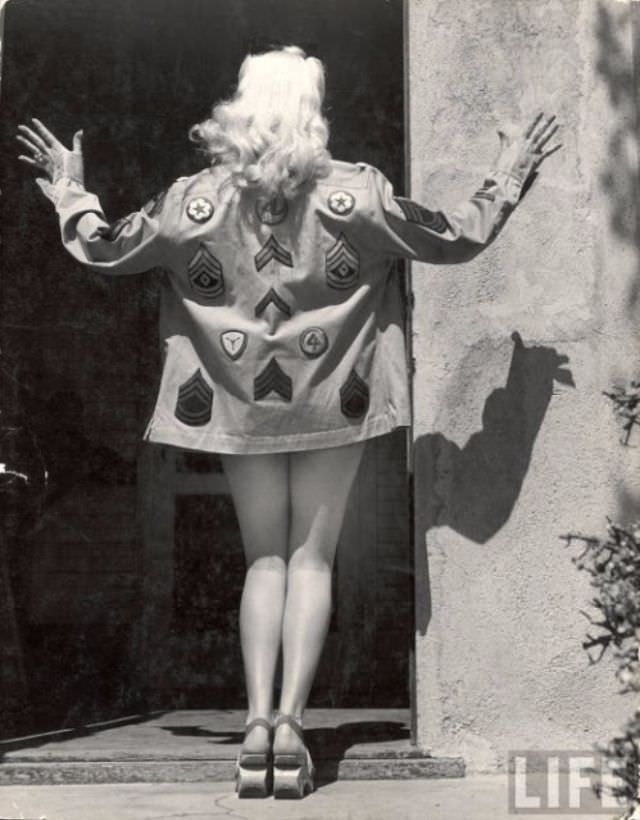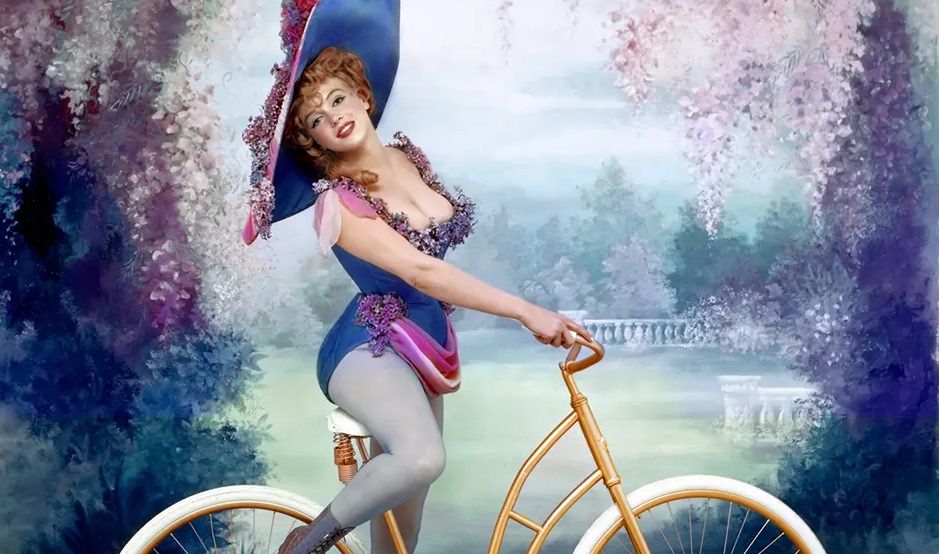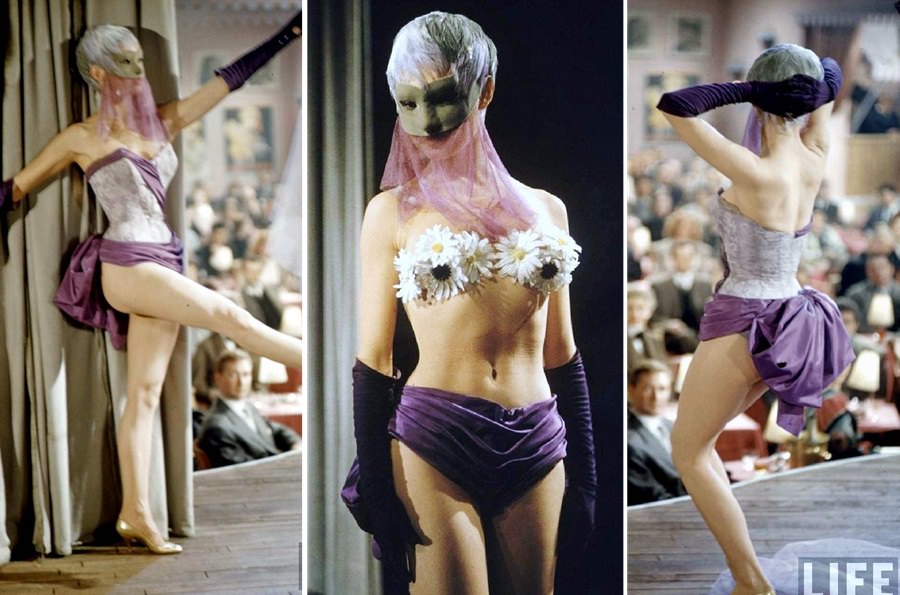Betty Grable was one of the biggest stars of the 1940s. She acted in over 40 films, which brought in more than $100 million at the box office. From 1943 to 1951, she was the highest-paid celebrity in Hollywood. While Grable was a talented singer and dancer, what really made her stand out were her legs.
Grable’s legs became so famous that they were a major reason she earned around $300,000 a year at her peak. To put that in perspective, that was a huge amount of money in the 1940s. Because her legs were so important to her career, Grable decided to insure them. But not for just any amount—she insured her legs for $1 million. This was an unbelievable sum at the time and made headlines across the country.
In the June 7, 1943, issue of LIFE magazine, Grable was featured in a big profile. But the story wasn’t just about her acting or singing. It was about her legs. The magazine called her legs a “major Hollywood landmark.” This wasn’t an exaggeration. Just a few months earlier, in February 1943, Grable’s leg had been immortalized in cement in front of Grauman’s Chinese Theater. It was a rare honor, usually reserved for big stars and their most famous features.
Read more
The LIFE magazine photo essay that accompanied the article was unique. Out of 14 pictures, Grable’s face appeared in only one. The rest of the photos focused entirely on her legs. The images were taken by LIFE photographer Walter Sanders in a studio in 1943. They showed Grable’s legs in different poses, highlighting their straightness, perfect shape, and beauty. In one picture, she is sitting on a chair, crossing one leg over the other. In another, she’s standing in a bathing suit, showing off her legs in a simple yet striking pose.
The most famous photo of Grable’s legs is the one that became a pinup favorite during World War II. In this image, she’s wearing a white bathing suit and looking over her shoulder with a playful smile. Her legs are the focal point, perfectly positioned to catch the eye. This pinup became especially popular among soldiers, who pinned her picture up in barracks and even on planes during the war. Grable’s legs were more than just a physical feature; they became a symbol of hope and beauty during a difficult time.


